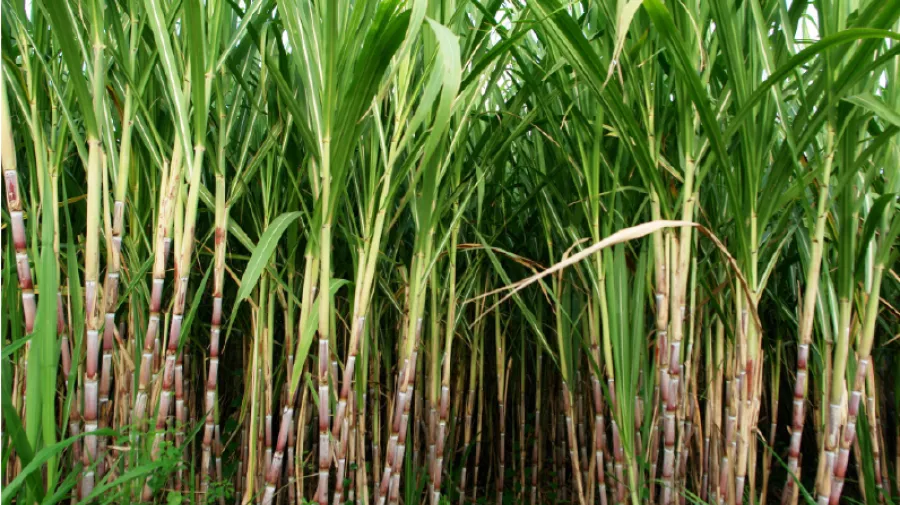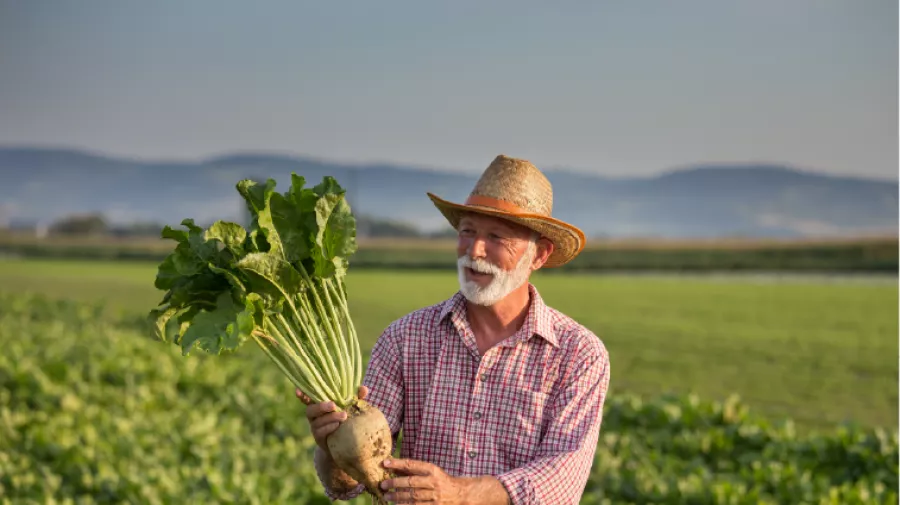
Sugar cane and sugar beet
Sugar cane and sugar beet have different characteristics and require different climates and soil conditions to grow.
Find out more below.

Sugar cane and sugar beet have different characteristics and require different climates and soil conditions to grow.
Find out more below.


Sugar cane and sugar beets are harvested either manually or using mechanical harvesters. Machine harvesters are more efficient and help to prepare the field for the next year’s crop. Once harvested, the sugar cane or beet crop is taken to a nearby mill and refinery (for sugar cane) or refinery (for sugar beet) for further processing.
Timing is crucial in the harvesting of both sugar cane and sugar beets. Picking the crops at their peak ensures maximum sucrose levels. Harvesting too early results in underdeveloped sugars, while delaying can lead to a decline in quality. Cane sugar is always harvested in the dry season. A sample may be taken from the field or plantation to check the sucrose content of the crop ahead of harvest (4).